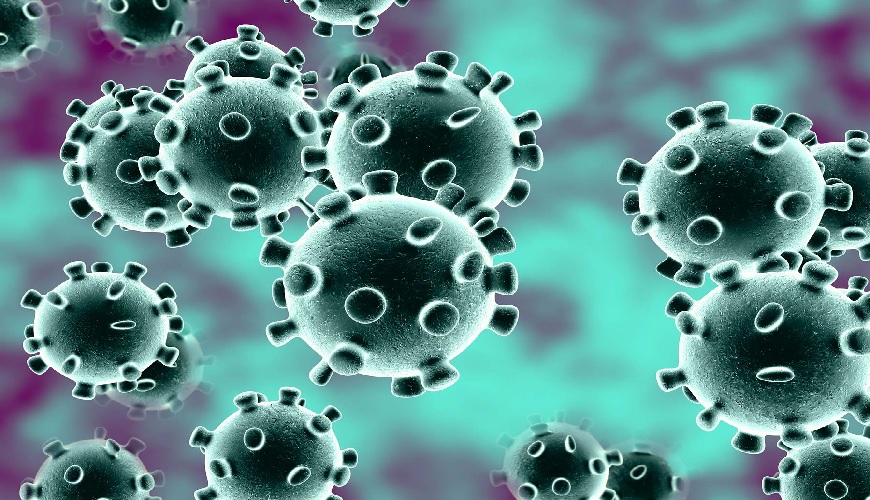
- 14 Jan
- 2021
Holding your breath can increase your chances of catching COVID-19: Study
Holding your breath can increase your chances of catching COVID-19: Study
A new study conducted by the researchers at the Indian Institute of Technology Madras found that holding your breath or having a low breathing rate can increase your chances of getting COVID-19 infection and other airborne viruses. Certain people have a low breathing rate due to several biological factors or because they have trained to do so under yogic or athletic practices. The normal breathing respiration rate for an adult while at rest ranges between 12 to 16 breaths per minute.
The study
By now we all have understood that airborne infections such as SARS-CoV-2 spread easily through tiny air droplets released by infected people when they cough or sneeze.The Madras research team studies the droplet dynamic in the lungs by studying the movement of the droplets in the small capillaries, whose diameter was similar to bronchioles.
What are bronchioles?
Bronchioles are the air passages inside the lungs that branch off like tree limbs from the bronchi. These deliver air to the mini sacs called alveoli where carbon dioxide and oxygen get exchanged.The team made aerosols from liquid and fluorescent particles to track the movement and deposition of particles in the lungs.
The result
It was found that the deposition is inversely proportional to the aspect ratio of capillaries which suggests that droplets are likely to deposit in longer bronchioles.So, the transportation of the virus-laden droplets deep into the lungs increases with a decreased breathing frequency. This is because low breathing increases the time of residence of the virus, therefore increasing the chances of the infection.The study was led by Professor Mahesh Panchagnula Department of Applied Mechanics, IIT Madras and his two other scholars.
According to Panchagnula, “Our lungs have a branched structure, it has bronchioles that are dichotomously branched. This means each bronchiole branches into two and these go on for 23 generations. The deeper generations, 17 to 23, is where the aerosols meet the blood.”
The findings of this study were issued in the international journal ‘Physics of Fluids’.“Covid-19 has opened a gap in our understanding of deep pulmonological systemic diseases. Our study untangle the mystery behind how particles are transported and deposited in the deep lung. The study reveal the physical process by which aerosol particles are transported into the deep generations of the lung,” said Panchagnula, while detailing on the need for such research.
Note: - As every caution has been taken to provide our readers with most accurate information and honest analysis. Please check the pros and cons of the same before making any decision on the basis of the shared details.











